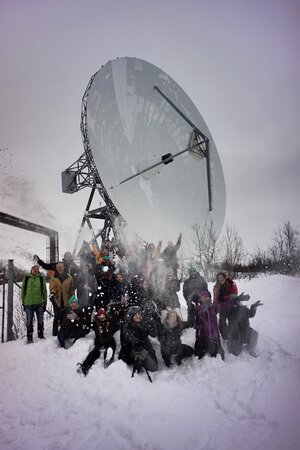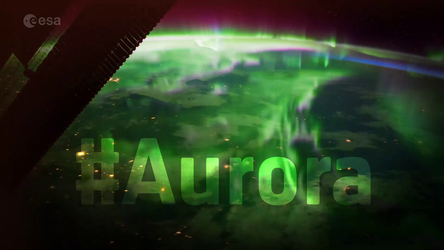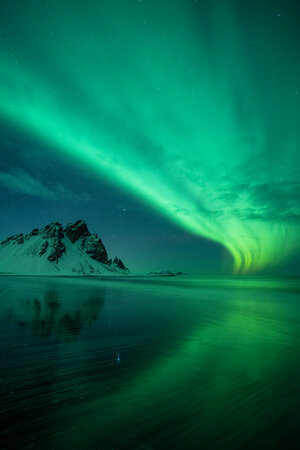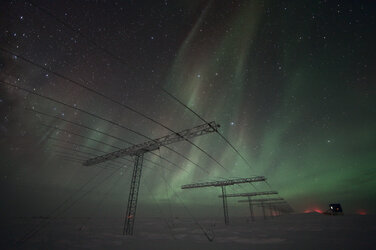Accept all cookies Accept only essential cookies See our Cookie Notice

About ESA
The European Space Agency (ESA) is Europe’s gateway to space. Its mission is to shape the development of Europe’s space capability and ensure that investment in space continues to deliver benefits to the citizens of Europe and the world.
Highlights
ESA - United space in Europe
This is ESA ESA facts Member States & Cooperating States Funding Director General Top management For Member State Delegations European vision European Space Policy ESA & EU Space Councils Responsibility & Sustainability Annual Report Calendar of meetings Corporate newsEstablishments & sites
ESA Headquarters ESA ESTEC ESA ESOC ESA ESRIN ESA EAC ESA ESAC Europe's Spaceport ESA ESEC ESA ECSAT Brussels Office Washington OfficeWorking with ESA
Business with ESA ESA Commercialisation Gateway Law at ESA Careers Cyber resilience at ESA IT at ESA Newsroom Partnerships Merchandising Licence Education Open Space Innovation Platform Integrity and Reporting Administrative Tribunal Health and SafetyMore about ESA
History ESA Historical Archives Exhibitions Publications Art & Culture ESA Merchandise Kids Diversity ESA Brand Centre ESA ChampionsLatest
Space in Member States
Find out more about space activities in our 23 Member States, and understand how ESA works together with their national agencies, institutions and organisations.
Science & Exploration
Exploring our Solar System and unlocking the secrets of the Universe
Go to topicAstronauts
Missions
Juice Euclid Webb Solar Orbiter BepiColombo Gaia ExoMars Cheops Exoplanet missions More missionsActivities
International Space Station Orion service module Gateway Concordia Caves & Pangaea BenefitsLatest
Space Safety
Protecting life and infrastructure on Earth and in orbit
Go to topicAsteroids
Asteroids and Planetary Defence Asteroid danger explained Flyeye telescope: asteroid detection Hera mission: asteroid deflection Near-Earth Object Coordination CentreSpace junk
About space debris Space debris by the numbers Space Environment Report In space refuelling, refurbishing and removingSafety from space
Clean Space ecodesign Zero Debris Technologies Space for Earth Supporting Sustainable DevelopmentLatest
Applications
Using space to benefit citizens and meet future challenges on Earth
Go to topicObserving the Earth
Observing the Earth Future EO Copernicus Meteorology Space for our climate Satellite missionsCommercialisation
ESA Commercialisation Gateway Open Space Innovation Platform Business Incubation ESA Space SolutionsLatest
Enabling & Support
Making space accessible and developing the technologies for the future
Go to topicBuilding missions
Space Engineering and Technology Test centre Laboratories Concurrent Design Facility Preparing for the future Shaping the Future Discovery and Preparation Advanced Concepts TeamSpace transportation
Space Transportation Ariane Vega Space Rider Future space transportation Boost! Europe's Spaceport Launches from Europe's Spaceport from 2012Latest

Crossing our Sun
Thank you for liking
You have already liked this page, you can only like it once!
Humankind's most distant outpost was recently captured crossing the face of our enormous and gleaming Sun. The fleeting transit of the International Space Station was over in the blink of an eye, but Ian Griffin, Director at the Otago Museum of New Zealand, made sure he was in the right place to capture it.
“A transit was predicted about 130 km from my home in Dunedin on New Zealand's South Island. So, I packed my telescope into my car and drove for approximately 2 hours”, explains Ian.
“On Thursday 31 January, at 11:07 NZDT, the International Space Station crossed the Sun in less time than a human heart beats once, and I was there to witness it”.
The Space Station, slightly larger in size than a football field, orbits Earth every 92 minutes. It is one of the most remarkable endeavours our species has ever embarked upon, yet it pales in comparison to the size and power of our star.
This remarkable spectacle serves as a much needed reminder that the people and technology we send into space can be affected by solar activity, and the changing environment .
One of the largest geomagnetic storms on record, the Carrington event of 1859, was caused as a fast coronal mass ejection associated with an enormous solar flare struck Earth’s magnetosphere. The impact created auroras as far north as Queensland, Australia, and as far south as the Caribbean.
Telegraph systems across Europe and North America failed, with reports of some operators receiving electric shocks and telegraph pylons sending out sparks.
Today, a storm of this magnitude would create far greater disruption, as we become ever-more dependent on infrastructure in space and on Earth that is vulnerable to the outbursts of the Sun.
As part of ESA’s Space Safety & Security activities, the Space Weather Office is working to minimise the potential damage and disruption these events can cause. The future Lagrange mission will keep a constant eye on the Sun, sending timely warnings via the Space Weather Service Network to operators and controllers of vital infrastructure, giving them time to take protective measures.
This early warning system will also be of great importance to astronauts and future explorers to the Moon and Mars, who, vulnerable to the radiation emitted during these extreme events will need time to get to safety.
Find out more:
Lagrange mission
Space Weather Service Network
Space Weather
Space Safety & Security
#AuroraHunters
From 3-5 March, ESA and the Norwegian Space Agency are coming together for the #AuroraHunters SocialSpace, live from Tromso, Norway. Together with a group of 30 attendees, selected from hundreds of applicants across the globe, we will be highlighting the affects of the Sun on our infrastructure, technologies and skies – in the form of the awesome Aurora. Keep an eye on @esaoperations and follow the hastag #AuroraHunters on twitter to keep up with the event.
-
CREDIT
Ian Griffin -
LICENCE
ESA Standard Licence

Thank you #AuroraHunters!

Join the Aurora Hunters!

Restless star makes for stunning storm

Aurora Australis















 Germany
Germany
 Austria
Austria
 Belgium
Belgium
 Denmark
Denmark
 Spain
Spain
 Estonia
Estonia
 Finland
Finland
 France
France
 Greece
Greece
 Hungary
Hungary
 Ireland
Ireland
 Italy
Italy
 Luxembourg
Luxembourg
 Norway
Norway
 The Netherlands
The Netherlands
 Poland
Poland
 Portugal
Portugal
 Czechia
Czechia
 Romania
Romania
 United Kingdom
United Kingdom
 Slovenia
Slovenia
 Sweden
Sweden
 Switzerland
Switzerland
























